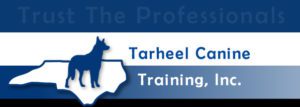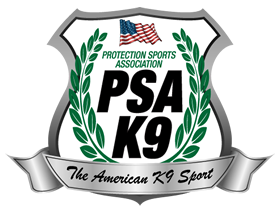Detection Topics with Cameron Ford & Canine Paradigm
In this episode, Jerry Bradshaw, Cameron Ford, and Canine Paradigm discuss:
- Using markers in detection, the different types of markers, and training with those markers.
- Upgrading to new efficiencies and technologies as science and research progress.
- Training dogs in drive and drive capping.
- Learning how to read dogs during training exercises.
- The changing landscape of training due to current events of police/working dogs.
Key Takeaways:
- Focus on the task, not the cosmetics of the indication. You don’t want to take away from search or odor recognition.
- Good training is good training, no matter what you do.
- Independence is great! You do not want the dog to be completely dependent on the handler.
- Put the focus on the hunting, the detection. It’s not called finding. You don’t want to be focused on the end.
- The earlier you train the final response, the more you have to worry about flashing.
“You have to be flexible as a trainer and train to the dog in front of you. If you do that, you will get the result you’re looking for.” — Cameron Ford
Get Jerry’s book Controlled Aggression on Amazon.com
Contact Cameron Ford:
Facebook: Ford K9 LLC
Instagram: @cameronfordk9
Website: FordK9.com
Show: K9s Talking Scents
Webinar: K9s Talking Scents Webinar
YouTube: Cameron Ford
LinkedIn: Cameron Ford
Contact Canine Paradigm:
Twitter: @canineparadigm
Email: [email protected]
Facebook: The Canine Paradigm
Instagram: @thecanineparadigm
Website: OperantCanine.com.au
Show: The Canine Paradigm
YouTube: The Canine Paradigm
Patreon: The Canine Paradigm
Contact Jerry:
Website: controlledaggressionpodcast.com
Tarheel Canine Training: www.tarheelcanine.com
Youtube: tarheelcanine
Twitter: @tarheelcanine
Instagram: @tarheelk9
Facebook: TarheelCanineTraining
Protection Sports Website: psak9.org
Patreon: patreon.com/controlledaggression
Slideshare: Tarheel Canine
Train Hard, train smart, be safe.
Show notes by Podcastologist Chelsea Taylor-Sturkie
Audio production by Turnkey Podcast Productions. You’re the expert. Your podcast will prove it.


